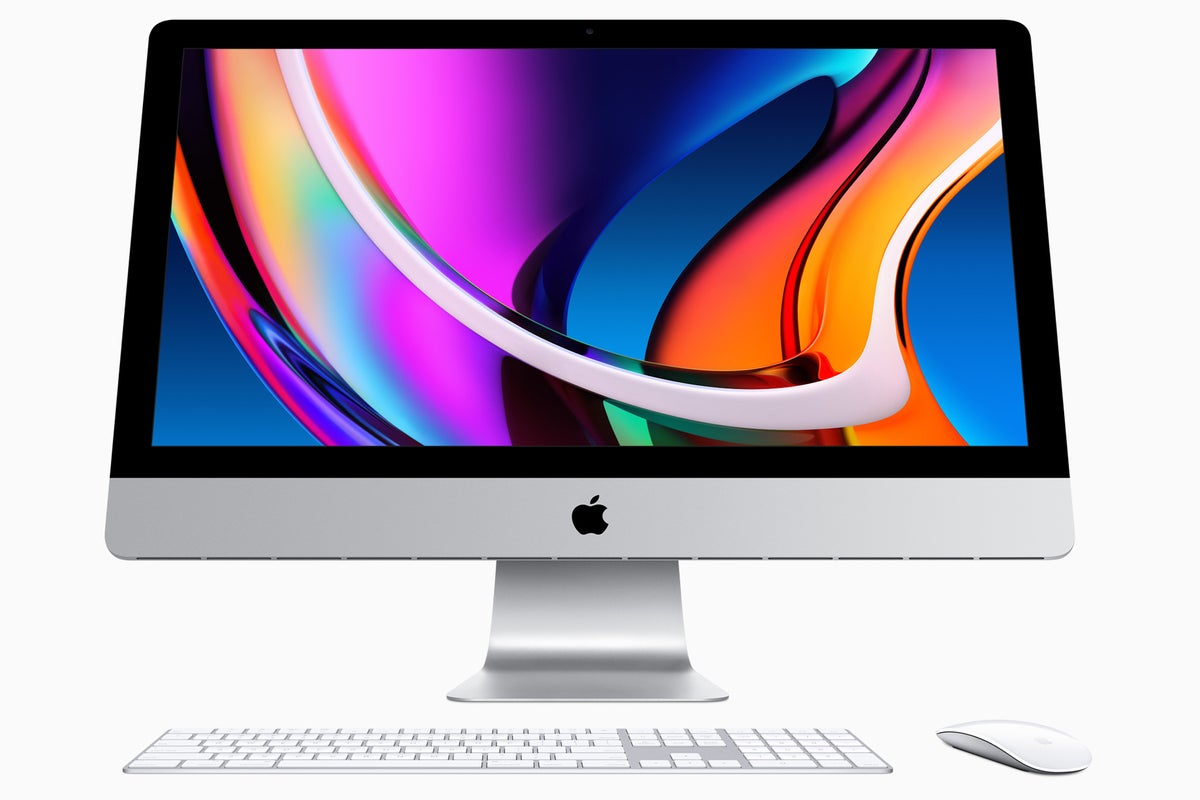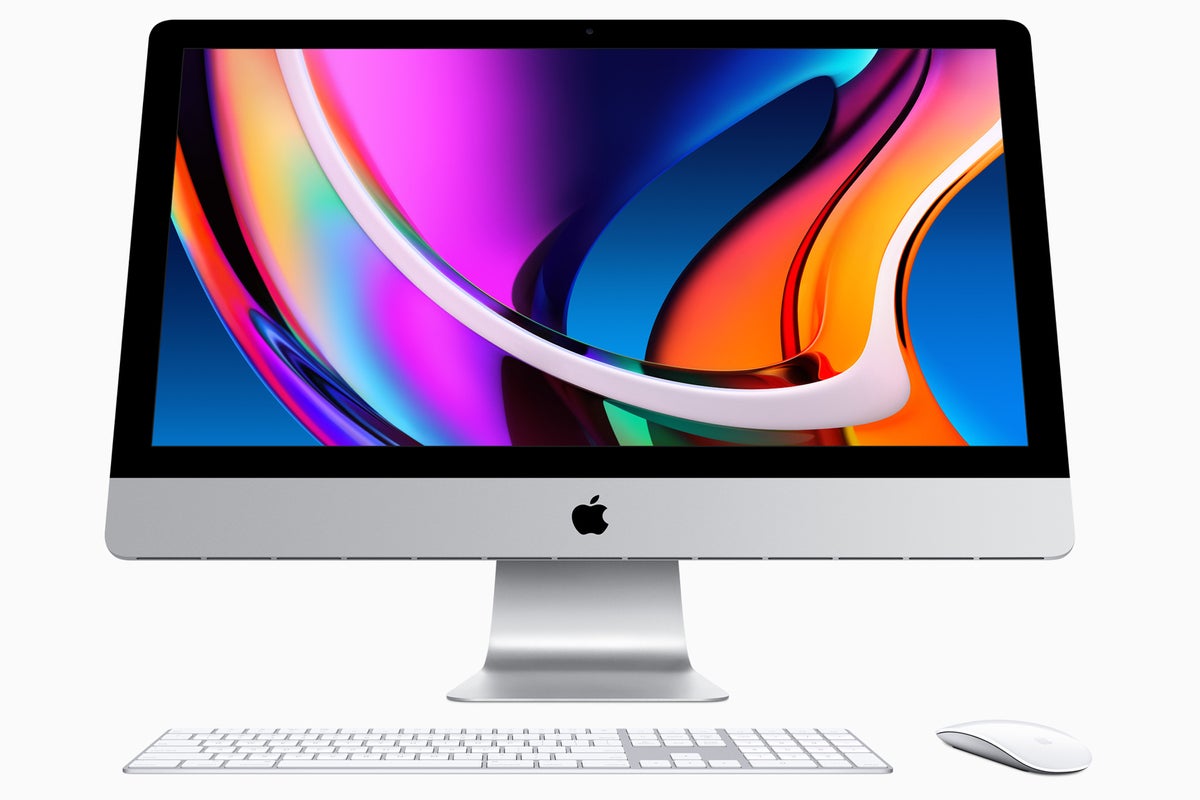
I’ve compiled a short collection of ideas that should help you automate tedious tasks using scheduling and reminder features Apple includes within every Mac, many of which also work on iPhone.
Just because you’re working at home doesn’t mean you can’t also be organized.
Your research assistant
Do you spend a lot of time researching? If you do, you’ve probably already used Apple’s bookmarks, pins and reading tools – but have you used Siri?
When you come across a page you want to check later, you can summon Siri and ask it to remind you of that page at a specific time and date. Your Mac will create a reminder containing that link and you can review it at a more convenient time.
This also works with mail, texts, and other content.
Use VIPs and name names
Do you work with a small team of people? Or handle a selection of key clients? If so, you should ensure you create contact cards for each person in Contacts.
Once you do, you can also assign VIP status to those contacts: just select an email message from them in Mail and move the pointer to their name in the message header, where you should click the star that appears. In the future, you’ll be alerted when they write to you, and will find them in the VIP mailbox. You can assign up to 100 VIPs.
Finally, now that you’ve created those contact cards, you can get Siri to verbally alert you when they call. Set this up on your iPhone in Settings>Phone>Announce Calls. You can also choose when you want it to alert you: Always, when wearing headphones or driving, only when wearing headphones, or never.
Set up a meeting
Once you’ve added your essential contacts, you can ask Siri on any device to mail, message, text or call that person. You can also use Siri to arrange meetings:
Ask Siri to, “Schedule a meeting with [named contact(s)].
Siri will set the meeting and send an invitation to the contact(s). Siri can also reschedule that meeting, “Move my 10:30 to 3 p.m.”
Check your schedule
This isn’t a Siri guide, but here’s another Siri tip to help you take control of your time and check your own availability,
You don’t need to open the Calendar manually to check whether you have appointments at a specific time – you can just ask Siri to check for you. You can ask what appointments you might have today, tomorrow or next week. You can also ask about specific future dates, such as, “Do I have anything planned for November 3?” or request scheduled meetings with named people.
Keyboard shortcuts for Calendar on Mac
Calendar has a few keyboard shortcuts and swipe gestures you need if using an Apple laptop or trackpad:
- Swipe up or down with two fingers to move between different months in month view.
- Swipe left or right with two fingers to explore different weeks in weeks view.
- Swipe left or right with two fingers to shift between days in days view.
- Command-1, 2, 3 or 4: Switch to Day, Week, Month or Year view, respectively.
- Shift-Command-T: Go to specific date. (Command-T to get back to today’s date).
- Command-N: Create a new event, or select an existing event and try Command-E.
- Tab: Select the next event, or press Shift-tab to return to the previous one.
There are many more and if you’ve not reviewed them for a while you can review Apple’s complete list.
How to take control of Calendar reminders
When creating a reminder notification for events in Calendar, do you get annoyed with the default reminder the system tries to create? Rather than manually adjusting it each time, you can change the default setting, as I detail here:
- Open Calendar Preferences;
- Tap the Alerts tab.
- You’ll see three different kinds of default alerts: Events, All-day Events and Birthdays.
- You can set a default for each one – you may want to be alerted to important meetings a week before they take place, for example.
- You can choose to set these definitions to apply across all your iCloud devices, or just on your Mac.
While this isn’t perfect, as you’ll still need to adjust these reminders sometimes (including adding multiple reminders), they should save a little time.
How to see your schedule in a list
There’s a hidden trick to see all your upcoming events as a list – just type a full stop into the Search bar, hit Return and you should see all of them in a list. You can then tap any event to enter that date.
How to stay organized
You can attach documents and other items to a Calendar event. That way you’ll more easily have access to the information you need once the meeting takes place. Calendar will also open these items for you. It’s all located in a little-used setting.
- Create an event, or select on and tap Command-E to edit it.
- Tap the Alerts item, and then tap the Plus sign that should appear behind the existing alerts you may already have created for that event – or create an alert and then tap the Plus sign.
- Click the time item to access a drop-down menu and choose Custom… from the bottom of that list.
- You’ll be provided with four options: Message, Message with sound, Email and open File.
- Open File is the one you need: Choose this and navigate to the file you need. You can create a new reminder for each item you need.
When the event takes place, you should find all the documents you’ve set automatically opened up for you.
One more thing: You can also choose Automator scripts to run automatically at set dates, which may come in handy if you want to create a highly automated and scheduled workflow. These are quite useful for weekly backups, for example.
Share Calendars with others
With most enterprise professionals using at least one Apple product, the shared calendar feature may be of use. When you share a calendar, others can read and edit it – so it’s good to only share a specific calendar rather than your entire book. Select it, tap the small ‘I’ button and then choose Add Person. Enter the email addresses of those you wish to share the calendar with, separated by a comma. Your Mac will invite them to share the calendar.
Work well with others
Your Calendar and Contacts apps can sync with third-party services such as Google, and Microsoft Exchange. On a Mac, just open Calendar>Add Account and follow the on-screen prompts to set the service up to sync with your Mac. Now you can access work calendars and schedule appointments through those services, as well as those provided with your Mac.
For other productivity tips, you should check out 30 keyboard shortcuts Mac users need to know.
Please follow me on Twitter, or join me in the AppleHolic’s bar & grill and Apple Discussions groups on MeWe.



